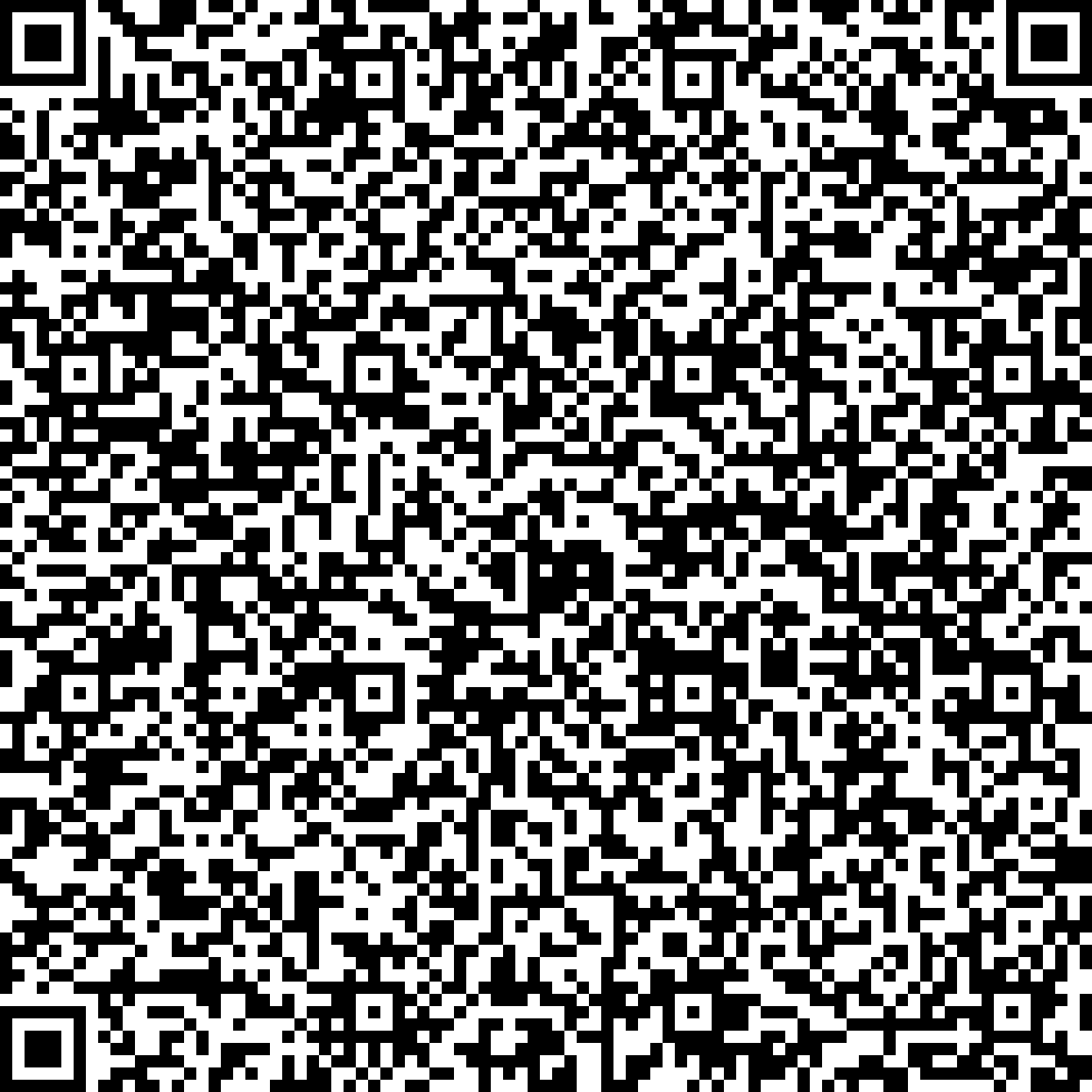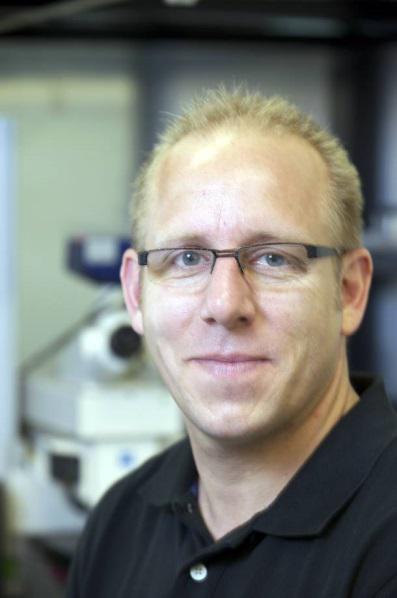


The biomedical signaling research group at the University of Applied Sciences Kaiserslautern, Germany, is an international, interdisciplinary group composed of Ph.D. students and Postdocs. The research subjects are related to developing and interfacing micro- and nanoscale sensors with different biosystems at length scales from mcm to nm. In this framework the group is working in different governmental, industry and EU-unded projects. This talk will provide an overview over the current subjects of the research group with special emphasize to nanowire related activities. The use of silicon nanowire (SiNW) transistor arrays for sensing of biomolecular surface interactions such as DNA or antigen-antibody reactions and the use of these devices to record extracellular signals from cells will be discussed. In our readout principles we treat the semiconductor wires as long-channel field-effect transistors. Typically the devices respond to the surface binding of charged molecules in terms of a change in conductivity, because of related changes of charge carrier density inside of the wires due to field effect coupling. However, the application of nanowire devices for sensing of biomolecules is not restricted to charged molecules only. A method for impedance sensing with silicon nanowire devices will be introduced. With this the device response is related to changes of the impedance of the solid-liquid interface of the devices. This novel method can provide detection of biomolecules as well as detection of adhesion strength and viability of individual cancer cells in culture. The activities are embedded in the EU-ITN "Prosense", where we aim to detect a mixture of different cancer biomarkers in one assay. For this purpose we currently produce SiNW devices on transparent substrates to combine our readout principle with classical optical sensing of biomolecules.



The biomedical signaling research group at the University of Applied Sciences Kaiserslautern, Germany, is an international, interdisciplinary group composed of Ph.D. students and Postdocs. The research subjects are related to developing and interfacing micro- and nanoscale sensors with different biosystems at length scales from mcm to nm. In this framework the group is working in different governmental, industry and EU-unded projects. This talk will provide an overview over the current subjects of the research group with special emphasize to nanowire related activities. The use of silicon nanowire (SiNW) transistor arrays for sensing of biomolecular surface interactions such as DNA or antigen-antibody reactions and the use of these devices to record extracellular signals from cells will be discussed. In our readout principles we treat the semiconductor wires as long-channel field-effect transistors. Typically the devices respond to the surface binding of charged molecules in terms of a change in conductivity, because of related changes of charge carrier density inside of the wires due to field effect coupling. However, the application of nanowire devices for sensing of biomolecules is not restricted to charged molecules only. A method for impedance sensing with silicon nanowire devices will be introduced. With this the device response is related to changes of the impedance of the solid-liquid interface of the devices. This novel method can provide detection of biomolecules as well as detection of adhesion strength and viability of individual cancer cells in culture. The activities are embedded in the EU-ITN "Prosense", where we aim to detect a mixture of different cancer biomarkers in one assay. For this purpose we currently produce SiNW devices on transparent substrates to combine our readout principle with classical optical sensing of biomolecules.